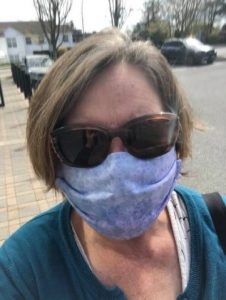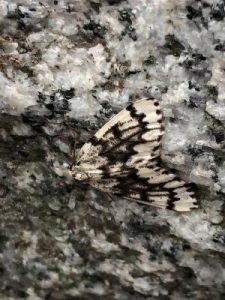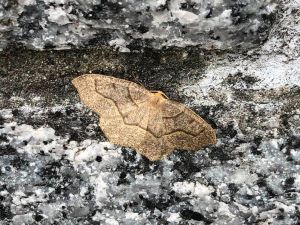Welcome back….
I’ve been teaching a long time (30 years) and this is the weirdest and most challenging back to school I have ever faced! The best way for us to get through it will be to collaborate, share ideas and support each other as much as possible.
I’m devoting the next 4 weeks to giving as much 1:1 support to teachers as I can, and to prepare some documents that will help you prioritize your teaching. Look for these things under New Curriculum Support and Burnaby Shares tabs above in the coming weeks. Elementary teachers might find the Curriculum Backgrounders quite helpful. These four-pager documents lay out the essential curricular understandings, vocabulary and then resources that you can use to teach the topics and competencies. In addition, there are lists of the resources available at the DLRC for you to use.
Contact me: donna.morgan@burnabyschools.ca or 604-760-6157
Get Outside with Looper Moths
As soon as the smoke clears, at least! We know that being outside allows us to distance and lowers the chances of viral spread. So this year might be a good one to move some of your science (and other lessons) outdoors. A group of Burnaby teachers in our local branch of the Environmental Educators’ PSA (EEPSA) has put together a blog with plenty of tips and tricks for outdoor learning.
The looper moth invasion this month offers us an opportunity to do some inquiry outdoors. Take a look at the two species of looper moths below. Then set your kids outside with some questions:
-Which species is more common in areas around your school? (The article linked below has a hypothesis about this)
-How can you survey/count/track this?
-Does each species prefer a different habitat?
-Do you have Hemlock Trees near your school?
– Are the loopers in greater numbers near hemlocks?
-Why are the loopers in such high numbers this year?
-Do the moths have different resting places depending on the temperature/time of day/weather?
-What can I observe about the moths without harming them?
-How are moths different from butterflies?
Have students generate their own questions about the moth and see if they can answer them by careful observation and study. They can also draw the moths and write about them.
You can find some background here. You can also consider contacting entomologists at the Forest Service, SFU or UBC.


